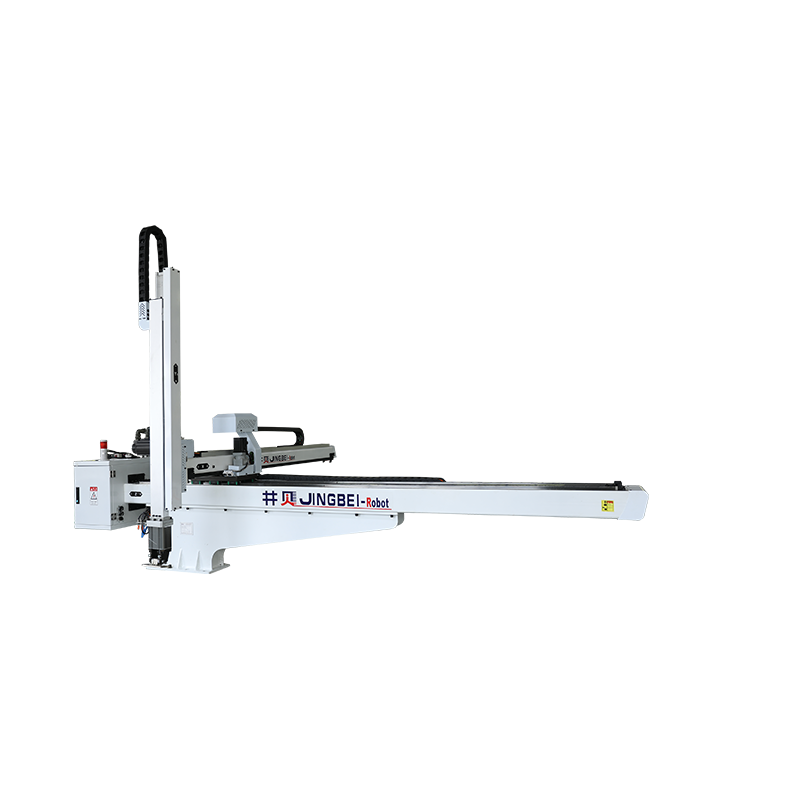

With the development of society, the transfer operations are becoming more and more intelligent, and the demand for industrial robots has become more and more. The varieties of industrial manipulators can be distinguished according to many aspects. For example, in space, they can be divided into fixed on the ground, fixed in the air, moving on the ground, and moving in the air; functionally, they can distinguish the more commonly used vacuum suction cranes such as cartons and bags. So many customers have made it difficult to choose so many varieties?

1. Horizontal stroke
The lateral travel of an industrial manipulator refers to the maximum travel of the robot. Whether the distance between the equipment is large enough or whether there are special requirements is the primary consideration for selection, especially when two industrial robots are installed side by side, whether there is enough space between the two injection molding machines.
2. Maximum load
The maximum load of the industrial manipulator refers to the total weight of special metallurgical tools and products, including fixture accessories, fixtures, suction cup holders, etc.
3. Clamping time
The moment required for the product is the moment of the cycle at which the robotic arm grips the product in the mold, depending on how the product is removed. When selecting the type, we first consider whether the product has special requirements for the removal time. If the clamping time is required to be very short, we may need to use a servo intelligent manipulator.
3. Up and down itinerary
The arm stroke of the industrial manipulator means the maximum displacement of the upper and lower arms; when selecting the type, pay attention to having a long arm to grip the workpiece; the following is the experience formula for calculating the arm stroke: up and down stroke = injection molding machine center distance + high bottom Distance + arm bottom distance + 50mm.